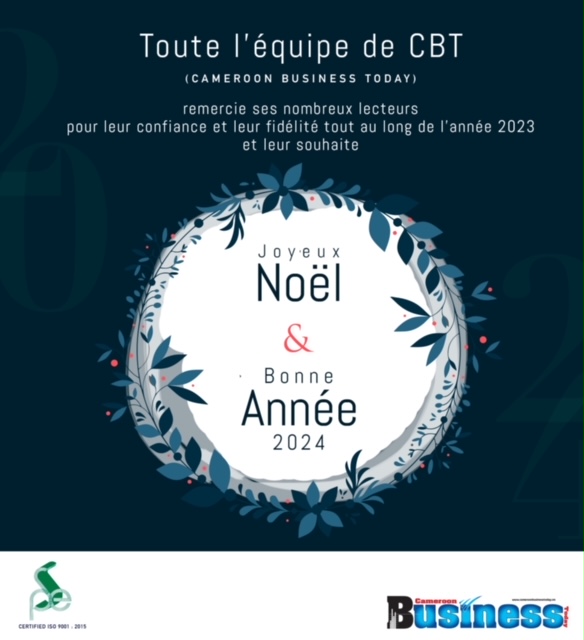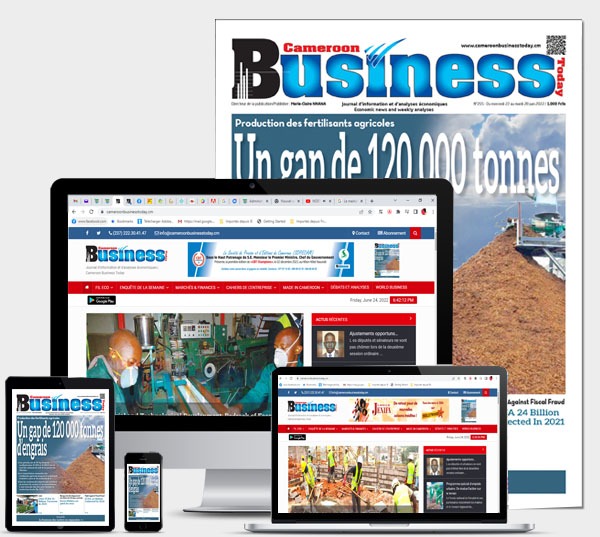Businesses own intellectual property assets that they have either generated or acquired. Intellectual property is generated by the business when it is created by the business itself through its owner or workers. An example would be when a young graduate establishes a business from his invention or creation such as Arthur Zang’s cardiopad invention that he has transformed to a commercial venture, a company that he owns. A business may also acquire intellectual property assets from inventors or from another business to work it out and make profits. Although intellectual property is intangible, it remains property. As such, it may be sold, leased, licensed, assigned or tendered as security for a loan. These acts fall under what is generally termed “intellectual property commercialisation”. This term is taken to mean the process of bringing intellectual property assets to the market for it to be exploited and yield business profits and growth. There are various intellectual property commercialisation vehicles. Choosing one or the other depends on the type of intellectual property whose commercialisation is sought as well as on other numerous factors.
1.Intellectual property commercialisation techniques
The main ways in which intellectual property may be commercialised are licensing, assignment, franchising, joint ventures and spin-offs. By using these vehicles, a business may acquire intellectual property to work it out or it may be the one to transfer it to another business.
- Licensing
A license is a permission to do something that would otherwise constitute an infringement of intellectual property right. Under licensing, the owner of an intellectual property asset transfers the right to use the asset for a given period of time but he still remains its legal owner. The owner of the intellectual property asset who grants such a permission is called the licensor while the person the authorisation to use the intellectual property asset is known as the licensee.
There are various types of licence: exclusive licences, sole licences and non-exclusive licences. When an exclusive licence is granted, a single licensee has the right to use the intellectual property asset. Under a sole license, there is a single licensee to which the owner of the intellectual property has granted permission to use the license. But, at the same time, the owner keeps the right to use the intellectual property asset. While in the case of a non-exclusive licence, the right to use the intellectual property asset is granted to several people.
When a business grants a license for the use of its intellectual property asset, this is called “licensing-out”. Instead, when it contracts to acquire the right to use some other business or person’s intellectual property, it is termed “licensing-in”. Sometimes, a business may need to do both: licensing-out an intellectual property asset and licensing-in a much needed intellectual property asset.
With licensing, it may not be easy to monitor how the intellectual property asset is worked out so that if there are no profits due to the inability of the licensee to work the intellectual property asset properly, the licensor cannot do anything until the termination of the contract and will suffer from loss of profits that would otherwise have been made. The main advantage with licensing is that, if the exploitation of the intellectual property asset is a success, then the licensor will keep on partaking in the profits and may even negotiate better contractual terms with time.
- Assignment
Under assignment, ownership of an intellectual property asset is transferred from the right holder to any third party. Assignment is another term for sale. When a business assigns its intellectual property asset, it loses all ownership rights to the asset unlike under licensing where the owner keeps ownership but merely grants user rights to a third party. Assignment would be the best solution when a business wants to close down or change its main activity. A business may also seek to buy intellectual property assets generated by research institutions and universities in order to work them out and make profits.
The disadvantage with assignment is that the seller/business will get an upfront payment but if the intellectual property is successful and benefits increase, the assignor will not be made to partake in those. On the other hand, if it is a market failure, the seller/business would not suffer any loss or liability.
- Franchising
In order to develop is activities either with the extension of existing products or services or by adding new products to give a new impetus to its activities, a business may envisage partnerships and alliances. One of such partnerships might take the form of a franchise or a joint venture. A franchise allows a business to expand without having recourse to additional capital. In effect, through a franchise, the franchisee duplicates the business of the franchisor in other places. It is another form of licensing albeit with peculiarities. Well-known brands expand worldwide through franchising. This is the case with Mac Donald, KFC, Hilton Hotels, etc....
In franchising, a business (franchisor) that has developed a specific way of doing business develops its business by allowing another entrepreneur (franchisee) to use the franchisor’s proven business model in another location for a given period of time and in consideration of some initial payment and ongoing fees. Franchising is a form of commercialisation of intellectual property assets as it is not only about the use of a business model but more about the franchisor’s intellectual property and know-how that is sustained through initial and ongoing training. The franchisor therefore, exercises some control and monitors how the franchisee implements the business model and makes sure it is the same as the one that it is operating. Otherwise, it will withdraw its authorisation to use that business model. Franchising implies the licensing of the brand, trademark, copyright, patent, know-how, trade secrets and/or industrial designs depending on the type of business.
- Joint ventures
A joint venture is an association between two or more businesses to undertake a common project or to achieve a certain goal. The two businesses share risks and profits. They contribute with their intellectual capital, that is, they bring in their intellectual property assets and also work together to develop further intellectual property assets. Intellectual property is thus central to any joint venture and therefore constitutes a form of commercialisation of intellectual property assets. A joint ...
















Commentaires